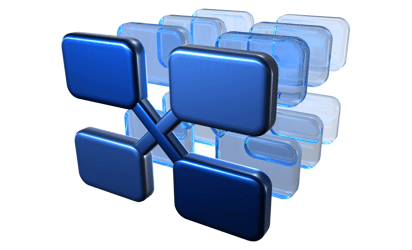 (B) Bugfix (I) Improvment (C) Change
(B) Bugfix (I) Improvment (C) Change
- (B) The Select Signal dialog box did not show a previously selected signal, if the dialog box was shown via the Signals.SelectSignals method
- (B) Object model: setting the Window.IsActive or Windows.Arrange properties via a VBScript macro could cause an error message
- (I) Configure Filters dialog box: a previously set filter message ID range can now be expanded by a new message ID range, without resetting the old range
- (I) The Macro Status Window is now repainted asynchronoulsy, to minimize CPU load
- (I) Standard Macros: All Wait commands now work event-driven, which results in a drastically reduced CPU load when running a Standard Macro that uses Wait commands
- (I) The default entries in the Tools menu are now created automatically when the application is started for the first time in a new user account
- (I) If a VBScript macro created a new Signal, the Item Browser slowed down the creation process, because every new Signal updated the whole Item Browser contents
- (B) The Select Folder dialog box did not show network shares
- (B) When importing a CANalyzer ASCII logging file, messages with 29-bit CAN-ID's were ignored
- (B) Under Windows Vista, Tool windows were shown in front of dialog boxes
- (B) Error messages of Standard Macros indicated wrong line numbers in the Output Window
- (I) Keyboard shortcut to stop a running Standard Macro changed to CTRL+SHIFT+M. The previously assigned Backspace key did not work correctly if a text window was active
- (I) Timeouts window: the context menu now contains commands to control the logging of timeouts
- (I) If PCAN-Explorer was started via the Start menu or desktop shortcut, another instance can now be started via a script. The error message "Please close all running instances of PCAN-Explorer before trying to run PCAN-Explorer as Automation Server" is not shown anymore
- (B) The sorting direction of Receive and Transmit list was not stored in the Windows Registry when closing the application
- (B) If the Listen-only mode was active, a CAN message could still be transmitted without any feedback that this was not successful
- (B) If the Listen-only mode was active, answering of Remote Transmit Requests was not disabled
- (B) When trying to start a program via the Tools menu that was configured to "Run as Administrator" in Windows Vista, the program did not start, if PCAN-Explorer itself did not have the Admin token. Now, a UAC elevation prompt is shown
- (B) The Trace window contents were not drawn correctly, if another window overlapped the Trace window partially
- (I) Object model: the Signal object has the new properties RunningMin, RunningMinTime, RunningMax, RunningMaxTime, RunningMean, and StatisticsEnabled
- (I) A Bus Load indicator can now be shown in the Status Bar
- (I) Transmit lists can now contain identical CAN messages to make copy-paste operations easier
- (I) Trace window: if no Symbols file is active, the filter indicator in the status bar always shows "All Messages"
- (I) Object model: the Document.PrintOut method can now print all document types, not only text documents
- (I) If a user starts PCAN-Explorer the first time, the sample files are automatically copied from the installation directory to new directories in the user's My documents folder, and the default paths are set to the new directories
 (B) Bugfix (I) Improvment (C) Change
(B) Bugfix (I) Improvment (C) Change